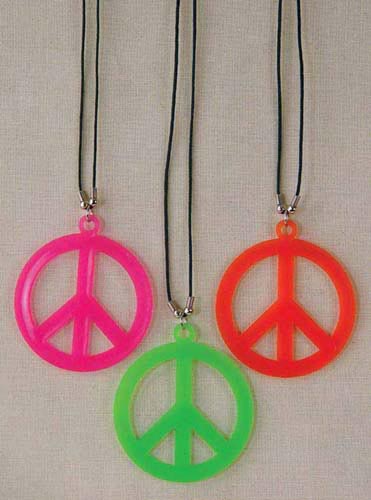 Peace
making
Peace
making
 Peace
making
Peace
making
Part I: The peace making program (school pedagogical program)
contains 3 main elements
Cooperative learning
Conflict management procedure (to negotiate)
Mediation
1. cooperative learning: 5 basic conditions
Conceptual approach: learning according to the learning scheme but with structure, materials
Among the pupils working together there has to be a positive dependency
A personal positive interaction
Individual responsibility
Social skills
2. conflict procedure ( ≠ crisis): 6 steps the pupils have to go through
Describe what you want
Describe how you feel
Express the reasons for your wanting and feeling
Try to see it from the otherís point of view (other pupils, teacher, coach)
Search for solutions
To choose one solution and formulate
3. mediate:
a neutral person acts as a mediator and helps the different parties to solve
their conflict by negotiating.
A lot of conflicts have been mediated without achieving any success. The solution here is to avoid each other.
Part II: Therapeutic program based on the conflict cycle
Event
>
stressed pupils
> feelings of fear
> behaviour, often negative
> stress
reactions from others
>
stressed pupils again
Different cycles lead to crisis.
CRISIS:
Has an impact on the immediate surroundings of the child
Is the right moment to cooperate
Aims: altering the behaviour, increase self esteem, to reduce fear, to gain understanding and insight in oneís own and otherís behaviour
The adult takes a position as a neutral but caring party, the foundation to build up a confident relationship.
The struggle for power and counter aggression are to be avoided.
Therapy:
6 intervention phases
| Phase 1: |
to lower
acute emotions: support, understanding, first step in the direction of a
discussion |
| Phase 2: |
to draw a time line about the
event: Who? Where? What? When? The adult confirms the feelings, observes the body language, decodes, is aware of incidental comments. In a summary all thoughts, feelings, behaviour and reactions are clearly put. |
| Phase 3: |
to distinct the conflict and
the underlying therapeutic question |
| Phase 4: |
after consultation there has
to offered a proposition; the child has to experience this solution as if it
comes out of himself. |
| Phase 5: |
scenario of the plan:
eventually practise, anticipate on reactions of the environment |
| Phase 6: | return in the group |